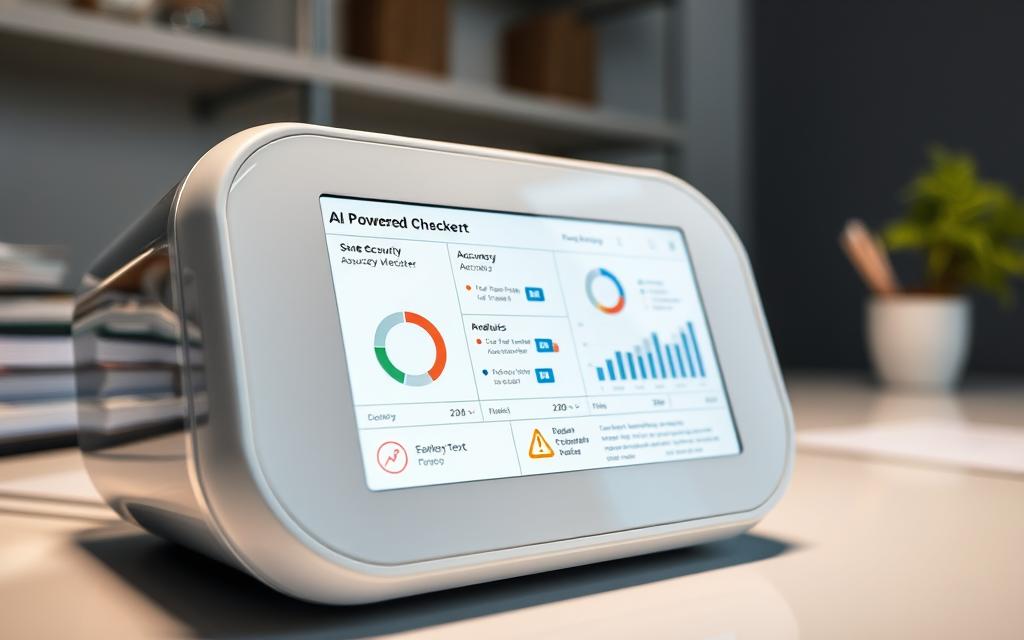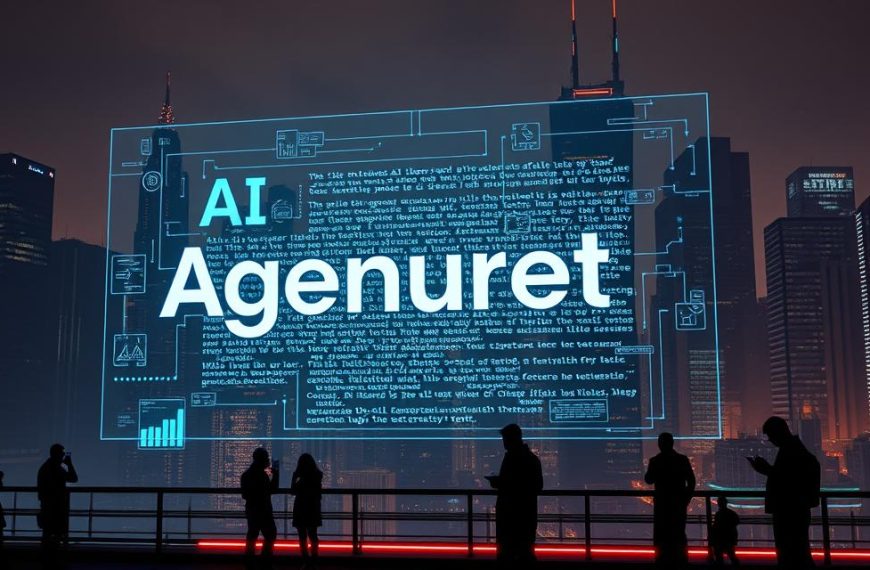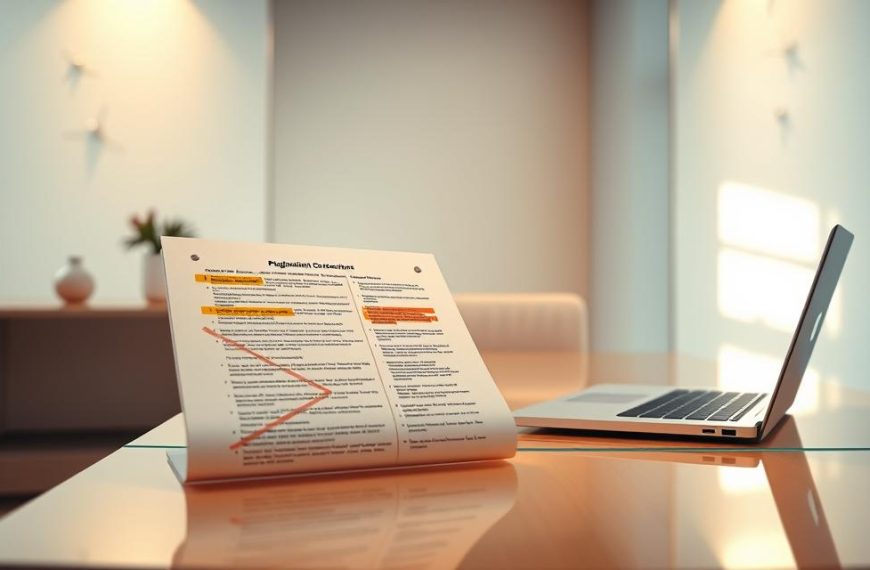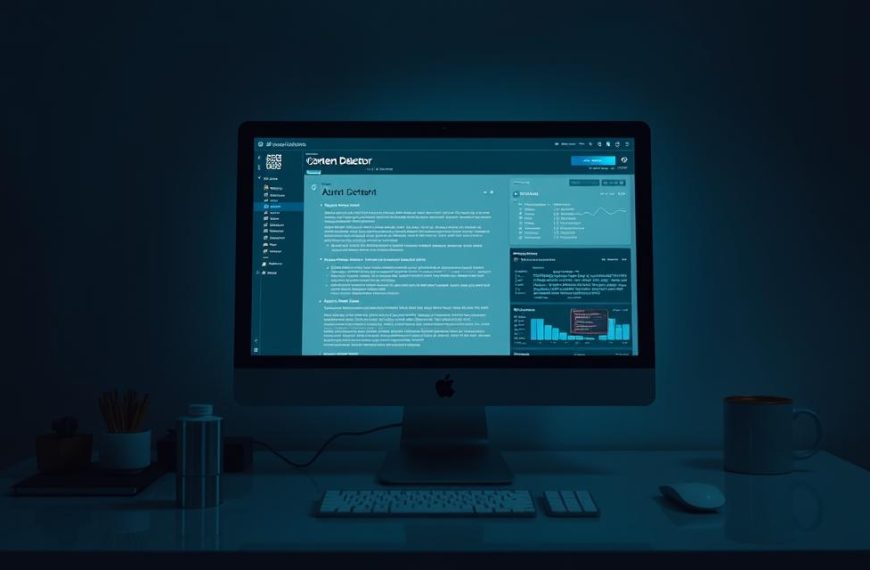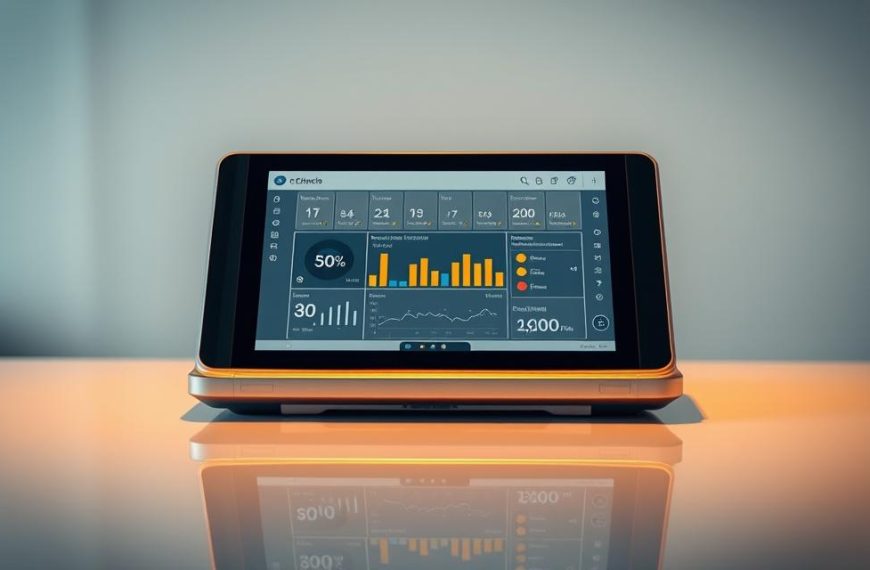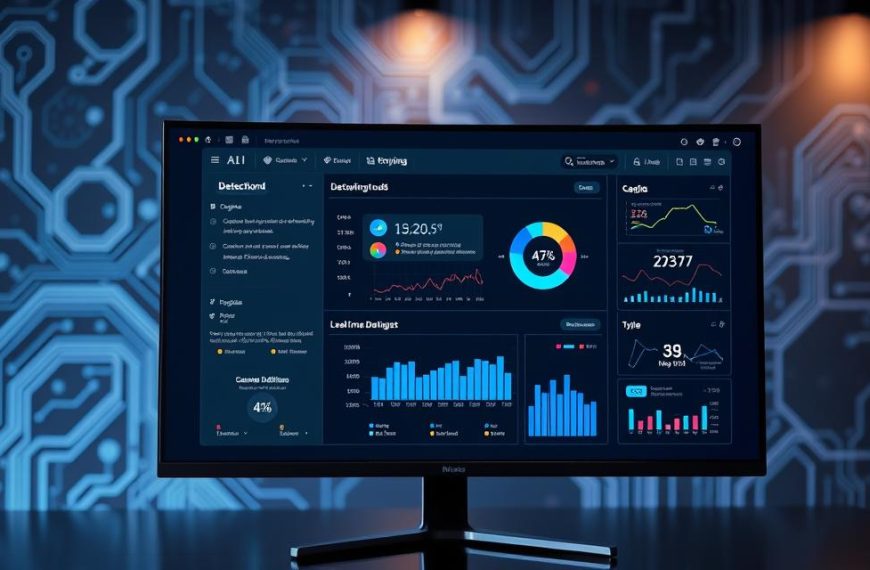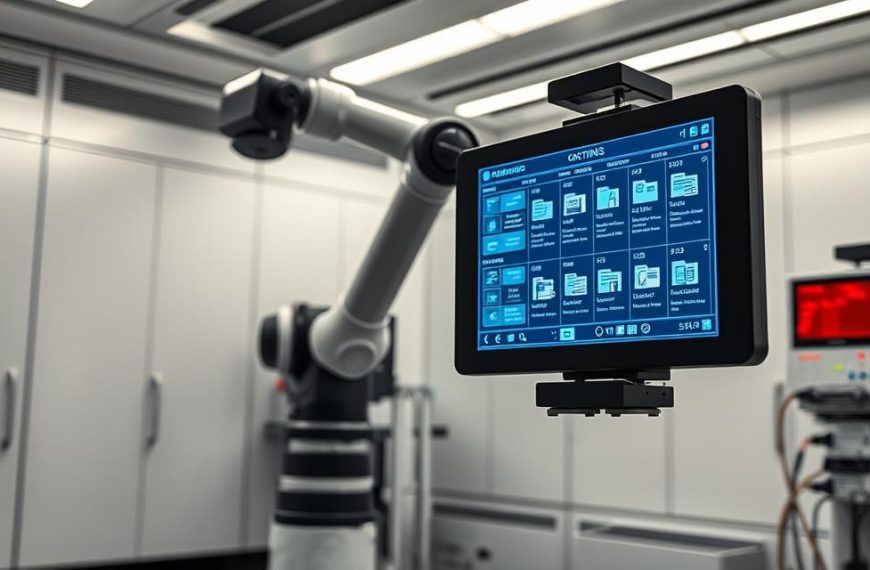The advent of sophisticated AI writing tools like ChatGPT has raised concerns about academic integrity in educational institutions. In response, the Turnitin AI Checker has emerged as a significant advancement in detecting AI-generated content within student submissions.
This tool is designed to help educators assess the authenticity of student work, providing insights into the proportion of human-written content versus AI-generated content. By integrating with existing Turnitin services, it complements traditional plagiarism detection capabilities, thus enhancing the overall evaluation of academic papers.
Understanding the functionality and accuracy of the Turnitin AI Checker is crucial for both educators and students. As writing tasks continue to be a critical component of academic assessment, ensuring the integrity of the content produced is paramount.
Understanding the Turnitin AI Checker
The Turnitin AI Checker is a sophisticated detection system that identifies content generated by artificial intelligence tools, distinguishing it from human writing with remarkable precision. It is integrated with existing Turnitin services, providing a seamless experience for users.
What Is Turnitin AI Checker?
The Turnitin AI Checker analyses writing patterns, linguistic markers, and structural elements characteristic of AI-generated content. Unlike traditional plagiarism checkers, this tool provides a more nuanced approach to detecting AI-generated work.
Why AI Detection Matters in Academia
Academic integrity faces unprecedented challenges with the rise of AI writing tools. Students can now produce seemingly original content that passes conventional plagiarism checks but isn’t their own work. The Turnitin AI Checker helps educators maintain academic integrity and ensures students develop genuine writing and critical thinking skills.
How Turnitin AI Checker Works
The Turnitin AI Checker is a sophisticated tool designed to differentiate between human-written content and AI-generated text. This differentiation is crucial in academic settings where original work is paramount.
The Technology Behind the Detection
Turnitin’s AI detection technology utilises sophisticated algorithms and machine learning models trained on vast datasets of both human and AI-generated writing. This training enables the identification of subtle patterns distinctive to each type of content. The system analyses multiple textual elements, including sentence structure, vocabulary usage, and linguistic patterns, to differentiate between human and machine-generated content.
Integration with Existing Turnitin Services
The AI essay detector complements the similarity checking workflow and is integrated with Learning Management Systems (LMS), providing a seamless experience. When analysing a submission, the system provides a detailed breakdown showing the percentage of authentic human writing versus likely AI-generated content. This integration appears alongside the familiar similarity report used for plagiarism detection.
- Employs sophisticated algorithms and machine learning models to detect AI-generated content.
- Analyses sentence structure, vocabulary, and linguistic patterns to differentiate between human and AI-generated content.
- Provides a detailed breakdown of authentic human writing versus AI-generated content.
Accuracy of Turnitin’s AI Detection
The effectiveness of Turnitin’s AI detection tool is backed by substantial research findings. This has significant implications for maintaining academic integrity in an era where AI-generated content is becoming increasingly prevalent.
Independent Research Findings
Independent research has validated Turnitin’s AI detection capabilities, showing it achieved “very high accuracy” in identifying both AI-generated and human-written content. Studies involving 126 documents demonstrated that Turnitin’s detector correctly identified the AI or human origin of all samples, showcasing its reliability. The high accuracy rate of Turnitin’s AI detector is a crucial factor in its effectiveness.
Comparison with Other AI Detectors
Comparative studies have placed Turnitin among the top three most accurate AI detection tools available. It consistently performs well across multiple evaluations and test scenarios, including detecting text produced by different versions of GPT models (3.5 and 4). Unlike many competing detectors, Turnitin’s solution provides clear, definitive assessments that educators can rely upon.
Handling False Positives
When using AI detection tools like Turnitin, understanding how to handle false positives is crucial for both educators and students. A false positive occurs when human-written text is incorrectly identified as AI-generated, potentially impacting students who have genuinely created their own work.
What Constitutes a False Positive
A false positive in AI detection happens when the algorithm mistakenly flags a human-written essay or text as being generated by AI. This can be due to various factors, including the complexity of the writing or the detection algorithm’s sensitivity.
Strategies for Educators and Students
Turnitin has developed guidelines to help both educators and students deal with false positives. For educators, this includes carefully reviewing flagged content, discussing the work with the student, and considering previous writing samples. Students are advised to maintain drafts of their work and be prepared to discuss their writing process.
| Stakeholder | Recommended Actions |
|---|---|
| Educators | Review flagged content, discuss with students, consider previous writing samples |
| Students | Maintain drafts, discuss writing process, understand detection algorithms |
Using a checklist approach can also help in handling disputed AI detection results, ensuring academic integrity while protecting students from unfair penalties. By following these strategies, educators and students can effectively manage false positives and maintain the trustworthiness of AI detection tools.
AI Detection for English Language Learners
Turnitin has conducted comprehensive research to address concerns about the fairness of their AI Checker for English Language Learners (ELL). The research aimed to determine if there was any bias in the detection system against non-native English speakers.
Research on Bias Concerns
Concerns have been raised about potential bias in AI detection tools against ELL writers, whose writing patterns may differ from native English speakers. In response, Turnitin tested nearly 2,000 writing samples from ELL writers.
Equal Detection Rates Across Language Backgrounds
The findings demonstrated that ELL writers experienced a false positive rate of 0.014, compared to 0.013 for native English speakers, indicating no statistically significant bias. Key points from the research include:
- Extensive testing of nearly 2,000 writing samples from ELL writers to evaluate bias.
- A false positive rate of 0.014 for ELL writers and 0.013 for native English speakers, showing minimal difference.
- The research confirms that Turnitin’s AI detection technology focuses on identifying AI-specific patterns rather than penalising natural linguistic variations found in human writing from different language backgrounds.
This equal detection rate is crucial for ensuring fair assessment in diverse educational environments where international students make up a significant portion of the students body.
Using Turnitin AI Checker Effectively
To get the most out of Turnitin AI Checker, it’s essential to comprehend its features and how they can be applied. Turnitin’s AI checker provides valuable insights into the authenticity of a student’s submission, distinguishing between human-written content and likely AI-generated text.
For Educators: Implementation Guide
For educators, implementing Turnitin AI Checker effectively begins with understanding the tool’s capabilities and limitations. Establishing clear policies about AI usage in coursework is also crucial. The implementation guide recommends incorporating discussions about AI tools into course syllabi, explaining to students how the plagiarism checker works and what constitutes acceptable use of AI in learning activities.
For Students: Understanding the Results
Students need to understand how to interpret their Turnitin results, recognising that the system analyses writing patterns and may flag content that appears to match AI-generated patterns. To ensure a positive experience with the checker, students should maintain documentation of their writing process, including drafts, research notes, and outlines that demonstrate their authentic engagement with the assignment.
Alternatives to Turnitin AI Checker
As the demand for AI detection tools grows, alternatives to Turnitin AI Checker have emerged, offering varied features and accuracy levels. Several free and paid alternatives exist, each with its own strengths in detecting AI-generated content.
These alternatives cater to different needs, whether it’s for individual students checking their papers or institutions seeking comprehensive solutions.
Free AI Content Detection Tools
ZeroGPT is a notable alternative that uses DeepAnalyse™ Technology, a multi-stage methodology designed to optimize accuracy. It detects AI-generated content from models like Chat GPT, GPT3, and others, and offers additional features such as plagiarism checking and grammar checking.
How They Compare in Accuracy and Features
When comparing these tools, key considerations include their accuracy rates, handling of false positives, and integration capabilities with learning management systems. Many offer flexible pricing plans, making them accessible to individual students and educators.
The most effective detectors analyze linguistic patterns and structural elements, providing a robust solution against AI-generated content.
Academic Integrity in the Age of AI
The integration of AI in education requires a multifaceted strategy to uphold academic integrity and foster critical thinking. As AI models become more prevalent, institutions must navigate both the opportunities and challenges they present.
To achieve this balance, educators are adopting innovative approaches. For instance, they are designing assignments that require personal reflection, in-class participation, or the application of concepts in ways that AI tools cannot easily replicate.
Balancing AI Tools and Original Thinking
One key strategy involves creating “AI-proof” assignments that test a student’s understanding and creativity. By doing so, educators encourage originality and critical thinking, ensuring that students engage deeply with the course material.
Developing Responsible AI Usage Policies
Clear guidelines are essential for helping students understand when AI assistance is permissible, such as for brainstorming or language checking, versus when it constitutes academic misconduct. Effective policies provide specific examples and scenarios, reducing ambiguity and promoting a culture of integrity.
By adopting these strategies, educational institutions can harness the benefits of AI while maintaining the values of academic integrity and originality. This approach not only enhances the learning experience but also prepares students for a future where AI is increasingly prevalent.
Conclusion
In conclusion, Turnitin’s AI Checker is revolutionising the way educators detect AI-generated content. With its sophisticated detection model, it offers a reliable solution for maintaining academic integrity. The tool’s ability to balance detection with minimal false positives ensures fairness for all students.
As AI continues to evolve, Turnitin’s commitment to research and development will keep their checker at the forefront of detection technology. This helps educators assess student submissions with confidence, promoting originality and authentic writing skills.

